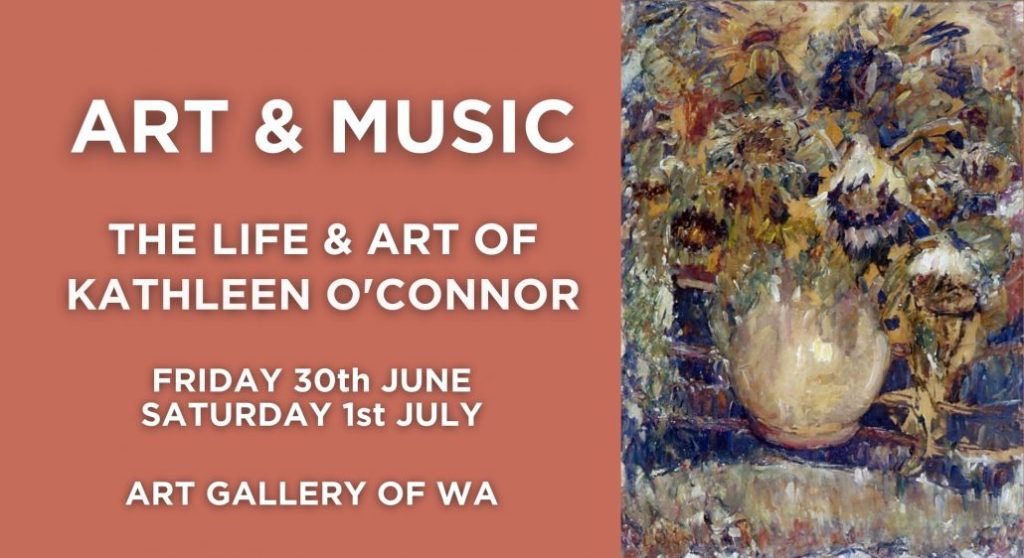I love the way artists of different artforms and genres draw inspiration from each other in the creation of new works, adaptations, reinventions, collaborations. Think of the many paintings inspired by Tennyson’s poem (itself drawn from Arthurian legend) ‘The Lady of Shallot’; a print of probably the most famous, by John William Waterhouse, adorns the wall of my studio. My car playlist includes a musical interpretation by Loreena McKennitt. And there is a potent intertextuality, at the levels of direct reference, metaphor and theme, between the poem and one of my favourite novels, Tirra Lirra by the River by Jessica Anderson.
Art, sculpture, dance, music, poetry and film have fed into my own writing in various ways, and I have been thrilled on the occasions when something I have written has influenced the creation of new art by others. The Sinkings, for example, inspired an art installation by South West artist Annette Davis. Film company Factor 30 has optioned the novel for development as a six-part TV series, so it might find its way to the screen someday.
The story ‘Paris bled into the Indian Ocean’ (published in Inherited), inspired by the brilliant impressionist artist Kathleen (Kate) O’Connor, gave its name to a spectacular exhibition of paintings by Fremantle artist Jo Darvall, which in turn, in a circuitous way, led to my work of creative non-fiction, Kathleen O’Connor of Paris.
And now, I’m beyond excited that Perth Symphony Orchestra is staging a concert featuring music reflecting Kate’s life and times, interspersed with extracts from Kathleen O’Connor of Paris and images of Kate’s work.

I can’t help thinking that Kate, so enchanted with artistic culture of all kinds, would love this kind of collaboration.
Art & Music: The Life & Art of Kathleen O’Connor will be presented at the Art Gallery of Western Australia on 30 June and 1 July, 7.30pm. Tickets available here.


























